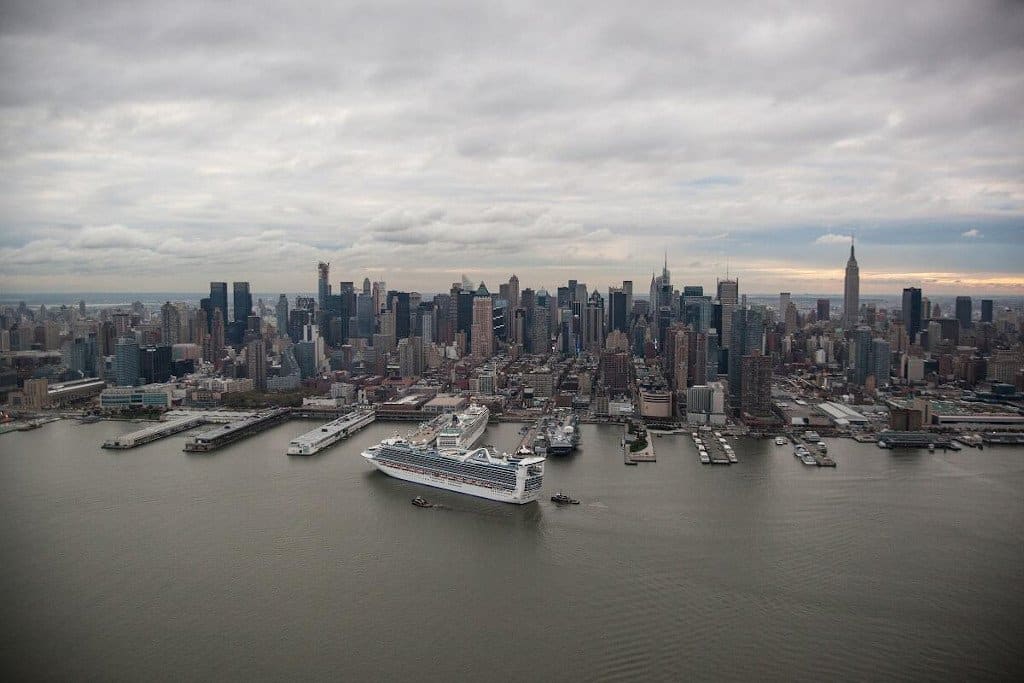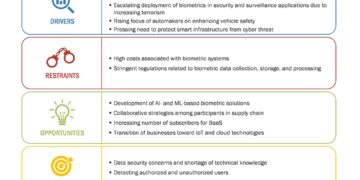US Customs and Border Protection (CBP) is working with the cruise industry to implement facial biometric comparison technology in the arrival process at select seaports to further secure and enhance the inspection process for passengers returning to the United States at the end of their cruise.
“CBP and its cruise partners have revolutionised the cruise debarkation process for all travellers through facial biometrics and enhanced traveller processes,” said Diane J. Sabatino, Deputy Executive Assistant Commissioner of Field Operations at US Customs and Border Protection. “As part of the travel recovery efforts, travellers have the benefit of secure, touchless and streamlined entry procedures into the United States while CBP protects the privacy of all travellers.”
Already in use at major air and land Ports of Entry (POEs), facial biometrics in the cruise environment will strengthen CBP’s enforcement capabilities at several American cruise ports. Additionally, CBP and its cruise partners have expanded data sharing agreements to further strengthen security in cruise travel.
Cruise Lines International Association (CLIA), which represents more than 90% of global ocean-going cruise capacity, joined CBP in recognising the importance of public-private partnership in enhancing the cruise experience and advancing the restart of operations from US ports.
“The health, safety and security of passengers, crewmembers and the communities we visit is the cruise industry’s top priority and, to that end, the use of biometric technology in cruise terminals is showing impressive results,” said Kelly Craighead, president and CEO of CLIA. “On behalf of the entire cruise community, CLIA looks forward to continuing to work in partnership with the US Government to further advance the responsible return to service from US ports, which is putting Americans back to work and offering travellers one of the best ways to experience the world.”
To date, facial biometric comparison technology is available at 12 seaports across the United States and has been successfully used to process arriving passengers on most cruise vessels that have resumed sailings in Florida and Texas.
“As we build back the travel industry, biometric technology will play an increasingly important role in ensuring a modern and more secure and efficient travel system for all,” said US Travel Association Executive Vice President of Public Affairs and Policy Tori Emerson Barnes. “US Travel commends CBP and its cruise line partners for their work to implement this important technology and safely restart cruising, a vital sector of the US travel economy.”
The enhanced arrival process using facial biometrics verifies the traveller’s identity within two seconds and is more than 98% accurate. When debarking the cruise vessel at a US seaport, passengers will pause for a photo that will be compared to the traveller’s existing passport or visa photo in secure DHS systems to biometrically verify their identity. Upon an efficient match, passengers collect their baggage and proceed through inspections and exit the terminal. US travellers and select foreign nationals who are not required to provide biometrics and wish to opt out of the new biometric process can simply request a manual document check from a CBP Officer.
If a traveller cannot be matched to a photo on record through facial biometrics, the traveller will proceed through the traditional inspection process consistent with existing requirements for admission into the United States.






